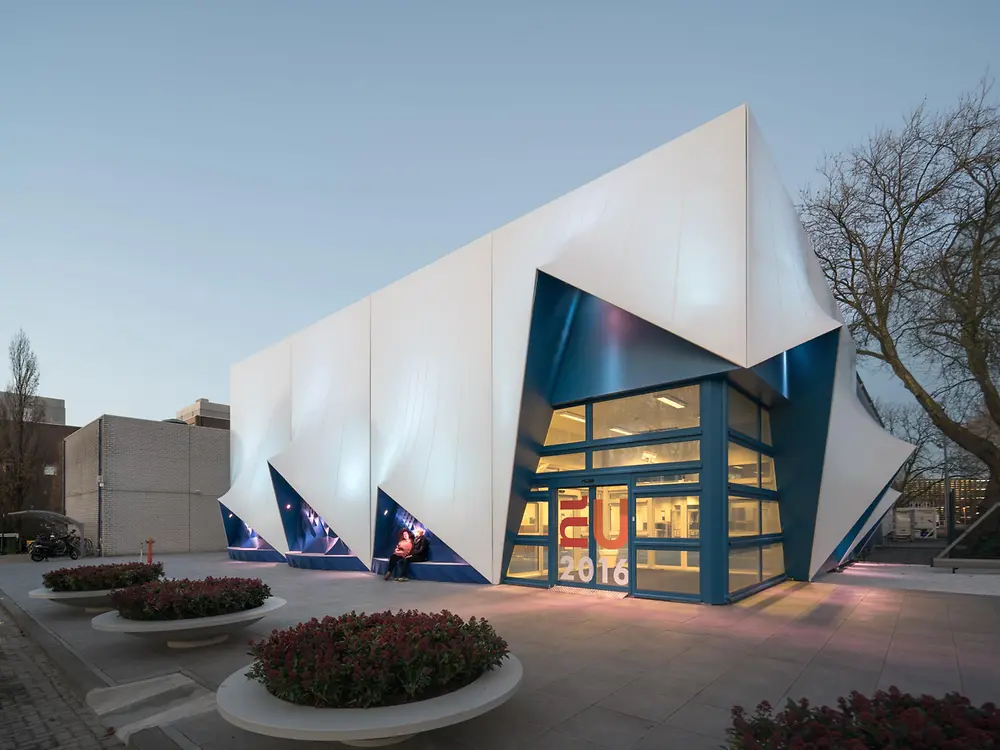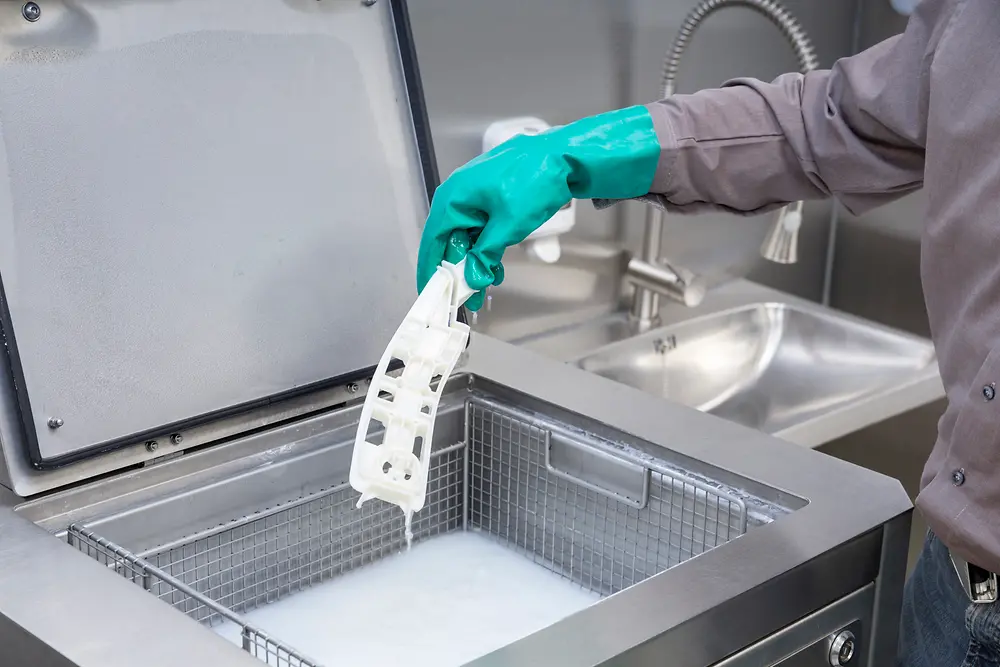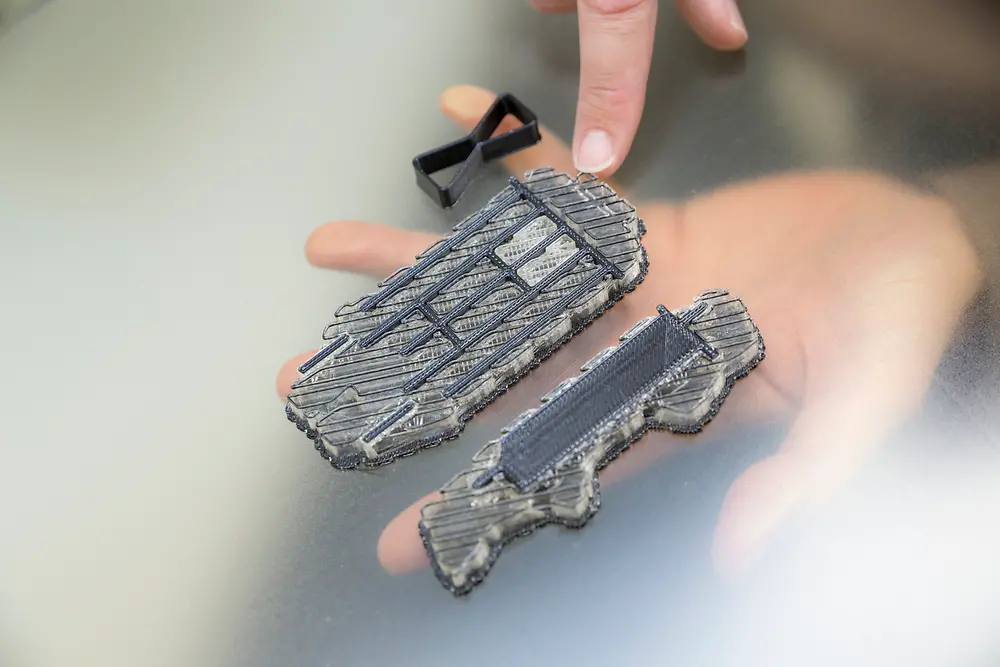Discover the brands and technologies from our business units Adhesive Technologies and Consumer Brands.
Jul 20, 2016
Henkel is developing innovative material solutions to enable 3D printing in various industries
Widely seen as ‘the next Industrial Revolution’, Additive Manufacturing, also known as 3D Printing, has become a multi-billion dollar industry in a matter of years. Beyond the use of 3D printing for the consumer sector, Henkel—whose material solutions play a critical role in various industries for adhesive, sealant and functional coating solutions—is contributing toward the wider application of the technology across different industries.
Although the technology is drawing wide attention, and the number of 3D printers sold continue to grow rapidly, statistics show that about 70 percent of 3D printers were sold to consumers in 2015. These are most likely to be small, low-cost units with relatively limited capabilities.
In various industries, innovative companies along the value chain are currently exploring ways to apply this technology to their operations on a larger scale. As a pioneer in this field, Henkel Adhesive Technologies is developing advanced material solutions that enable functional prototypes to be created through 3D printing and help industrialize the technology in manufacturing.
Construction industry: Henkel adhesive solutions are already being applied to cutting-edge 3D printing construction projects such as ‘Europe Building’ in Amsterdam. The temporary conference center was created as a collaborative effort between a group of tech and design firms. Henkel contributed to the ecosystem by partnering with leading 3D print designers, DUS Architects, to provide the hotmelt adhesive formulation for creating the impressive front façade of the building.
Furniture industry: Hotmelt adhesives developed by Henkel are also being used to create industrial prototypes for a variety of applications. Such materials could be used to create the first generation of 3D printed furniture, such as stools or lamp shades.
Automotive industry: The expertise of Henkel Adhesive Technologies also allows for the rapid creation of prototypes for the automotive industry using 3D printing. In the process of realizing automotive concepts from sketches, UV curable adhesives enable 3D printing with different materials. It allows the prototypes to be delivered within hours or days. This method of creating automotive prototypes not only saves time, but also enables car designers and engineers to quickly test and refine new designs. As the process requires repeated tests, sometimes even hundreds, the additive manufacturing nature of 3D printing offers much-needed flexibility, allowing printed parts to be modified at any time to fit different vehicle environments.
3D print technology is mainly used for rapid prototyping in the auto industry, but may increasingly be used to create final parts in the future. Henkel is developing adhesive solutions which enable the usage of new materials, breakthrough finishes and shorter lead times in 3D printing. These innovations will pave the way for 3D printing technology to be more closely integrated with the automotive manufacturing process, for example in the creation of 3D printed cars and spare parts.
By collaborating with other innovators and start-ups, Henkel is building up a network of partners around 3D printing in order to share and gather expertise, insights and ideas for its commercialization.







